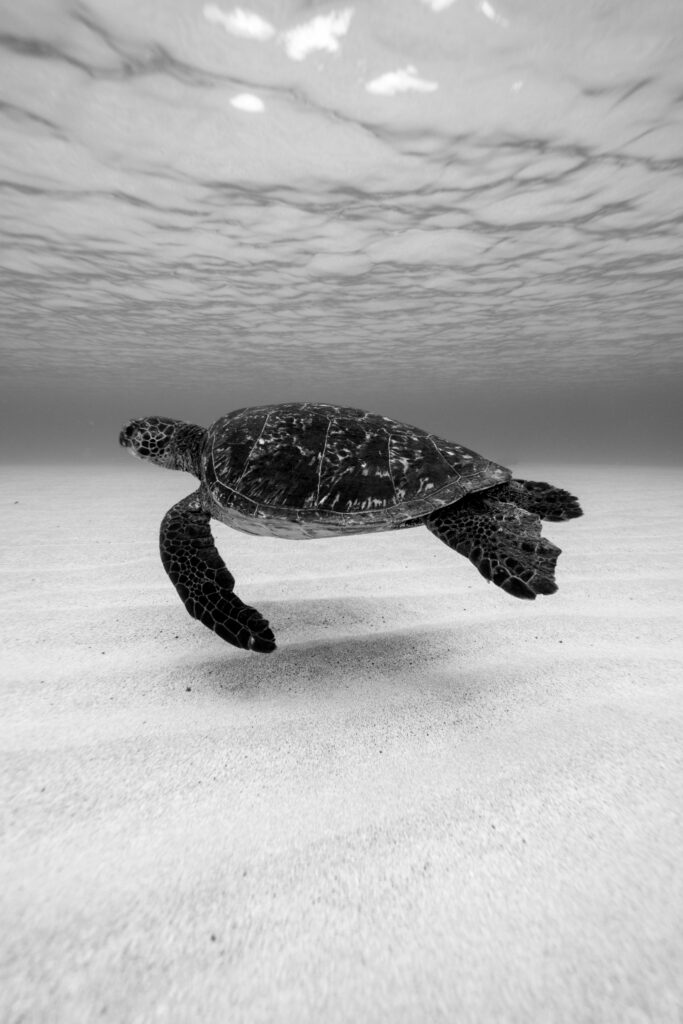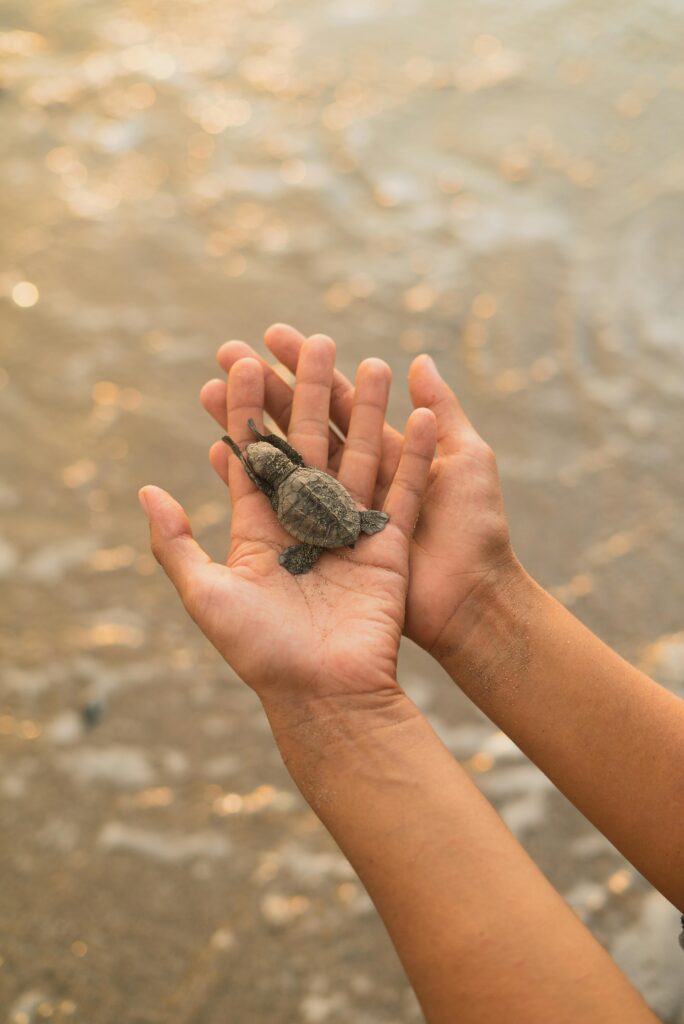seA turtle
Sea turtles have been roaming the oceans for over 100 million years, surviving multiple mass extinctions. These magnificent reptiles play a crucial role in maintaining marine ecosystems by regulating jellyfish populations, preserving healthy seagrass beds, and ensuring coral reef stability. There are seven species of sea turtles, including the Leatherback, Green, Loggerhead, Hawksbill, and Olive Ridley, found in warm and tropical waters across the world.

How sea turtles Could Go Extinct?
Plastic Pollution & Marine Debris:
One of the biggest threats to sea turtles is ocean pollution. Turtles often mistake plastic bags for jellyfish, their primary food, leading to choking, starvation, and internal injuries. Fishing nets, ropes, and other debris also entangle them, causing drowning.Habitat Destruction:
Coastal development, sand mining, and rising sea levels are destroying sea turtle nesting beaches. With fewer safe places to lay eggs, hatchling survival rates are declining.Poaching & Illegal Trade:
In many regions, turtles are hunted for their meat, eggs, and shells, particularly Hawksbill turtles, whose shells are used for decorative items. This illegal trade is driving some species toward extinction.Climate Change & Rising Temperatures:
Warmer sand temperatures affect the sex ratio of hatchlings, leading to a higher number of females. This imbalance can result in population decline over time. Additionally, stronger storms and rising sea levels erode nesting beaches.

Why We Must Save sea turtles?
Preserving Marine Ecosystems:
Sea turtles help maintain the balance of seagrass beds and coral reefs, which support countless marine species. Without them, these vital habitats would collapse.Controlling Jellyfish Populations:
As natural predators of jellyfish, sea turtles prevent overpopulation, which could disrupt marine food chains and harm fish stocks.Supporting Coastal Communities:
Sea turtle tourism generates revenue for many coastal regions. Protecting turtles benefits both marine life and human livelihoods.
How Can We Help?
- Reduce Plastic Waste: Avoid single-use plastics and participate in beach clean-ups.
- Protect Nesting Sites: Support conservation programs and report illegal poaching activities.
- Use Turtle-Safe Fishing Gear: Encourage sustainable fishing practices to reduce accidental turtle deaths.
